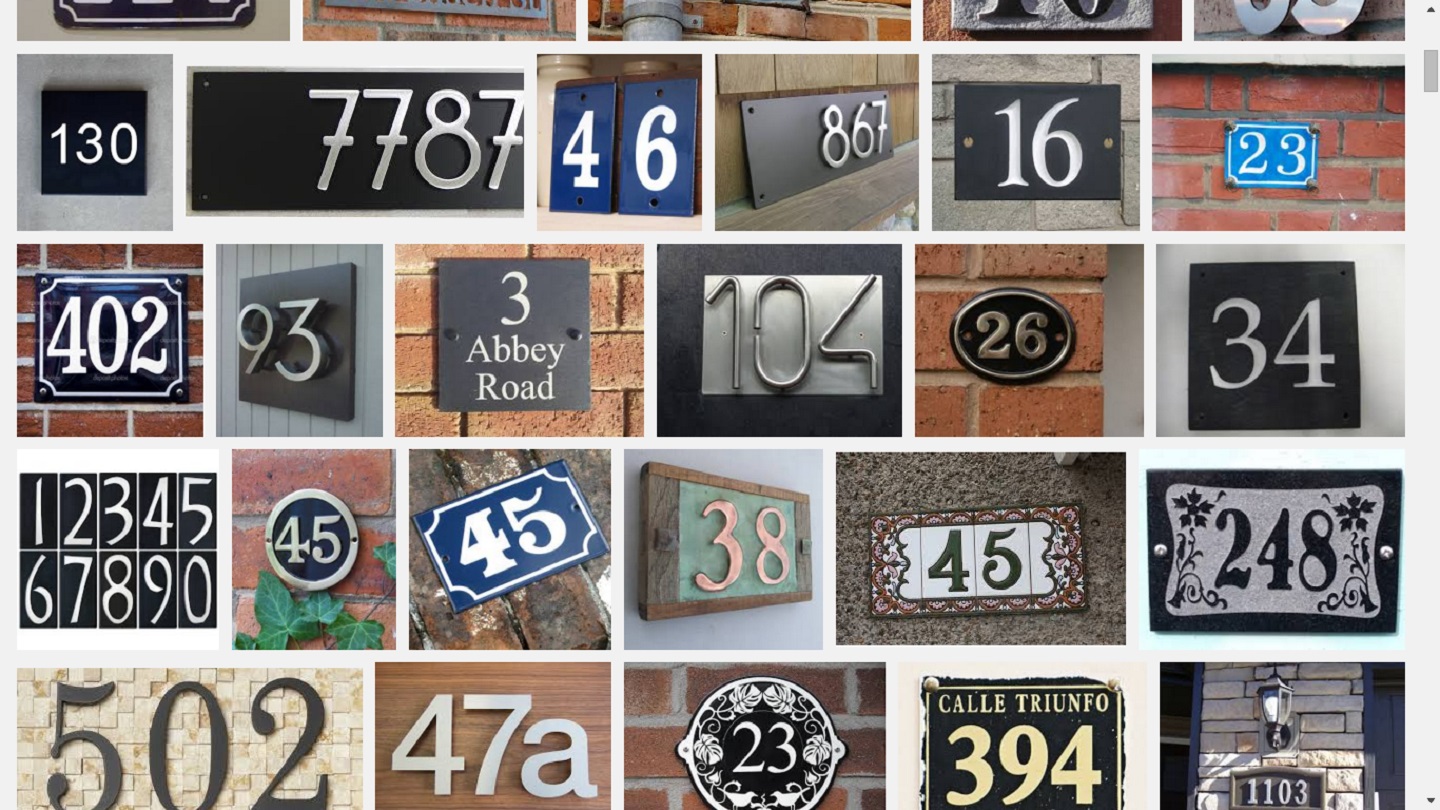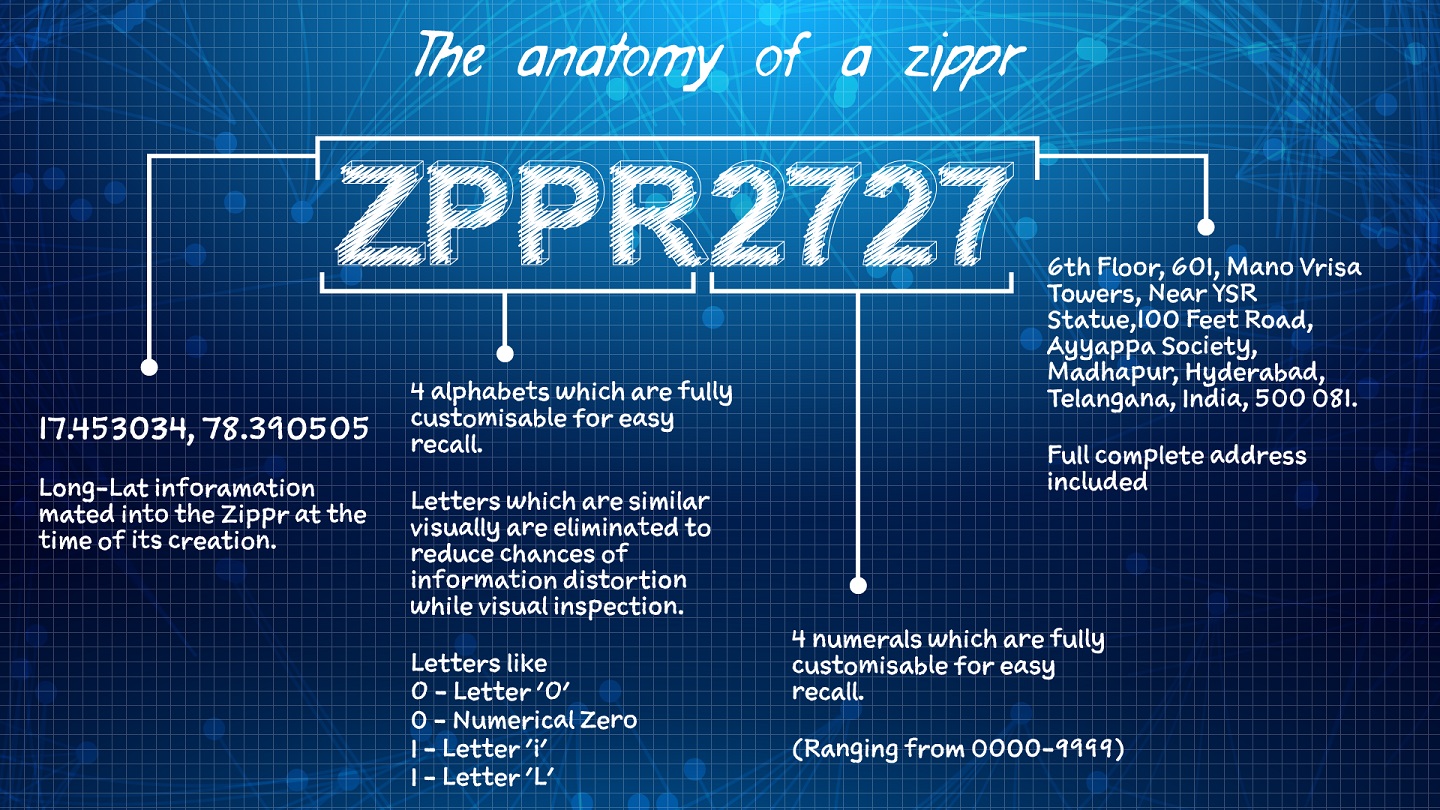The State Of Addressing In India
February 15, 2016 - 5 minutes readWe have an addressing problem. Yes, this might come as a surprise to an outsider to the GIS/Mapping space in India but there a load of glaring issues with our addressing system today. The emergence of GPS technology has without a doubt made transportation a breeze, but while the navigation issue has been solved the addressing issue hasn’t really.
In an information age where every problem is being dealt head-on with science and technology why hasn’t there been an emergence of better addressing? Why are our addresses still so clunky and variable? How is it that houses along the same street show different numbering systems eg: A402, S43, 26/C etc? Let’s find out…

The problem with addresses in India:
India’s urban cities have seen a mammoth boom in population over the last couple of decades, which is something we weren’t prepared nor equipped for. Cities have been growing in all 4 directions, and upwards too, with houses and establishments being erected with little or no adherence to building norms or urban planning guidelines. This, as a result, this has lead to unchecked irregular building constructions resulting in this haphazard-house-numbering phenomenon we see today.
This issue has turned out to be a nightmare for the Government and those in the QSR, eCommerce, and Logistics space as irregular addressing has lead to difficulties in finding one’s address hence navigation issues, undelivered mails, packages etc are a regular occurence now more than ever, and unchecked will only spiral into larger postal and delivery related issues.
The problem is so severe that it has given birth to a number of organisations and startups that have together formed the Addressing Industry.
What needs to be done:
We need an addressing system that is flexible enough to rectify the damage already caused by the last few decades of unchecked growth, bad addressing and a format that also accommodate what is yet to come. We need to create an address that is universal and uniform.
What is being done:
Zippr, has risen up to the challenge of changing the archaic addressing system here in India and has proposed an 8-character alphanumeric address, eg: ‘ZPPR2727’.

Zippr’s are accurate, compact, and uniform. They are created using an app with the same name which collects GPS long-lat data and mates it with a user’s 6 line address, they work in a 3D space too as users are motivated to enter their apartment/flat details too.
A superior address?
Zippr’s are uniform in length hence govt’s benefit from the reduction in complexity which is seen with standard addressing.
The fact that Zippr’s use both GPS and street address data mean that they behave as redundancies for each other. This by itself could potentially help solve ‘last-mile’ deliveries issues for Postal services, QSRs, eCommerce, Logistics and Courier services.
Users benefit from Zippr’s as they come built in with navigation aid. Simply enter a Zippr in the app and you’re presented with navigation via Google Maps.
Challenges & Conclusions:
Changing the addressing system in India will be no easy task, especially since it’s something that has been a standard for centuries.
To make this happen, Zippr is actively integrating itself with various governing bodies in the India with a lot of success and is also aiming to form alliances/partnerships with eCommerce, Logistics, QSR, Courier companies to help them solve their numerous address related issues. One such major integration was Dominos Inc.
In the end, the success or failure will only depend upon the support and acceptance of this idea by the Public, Governments’ and other Business entities.